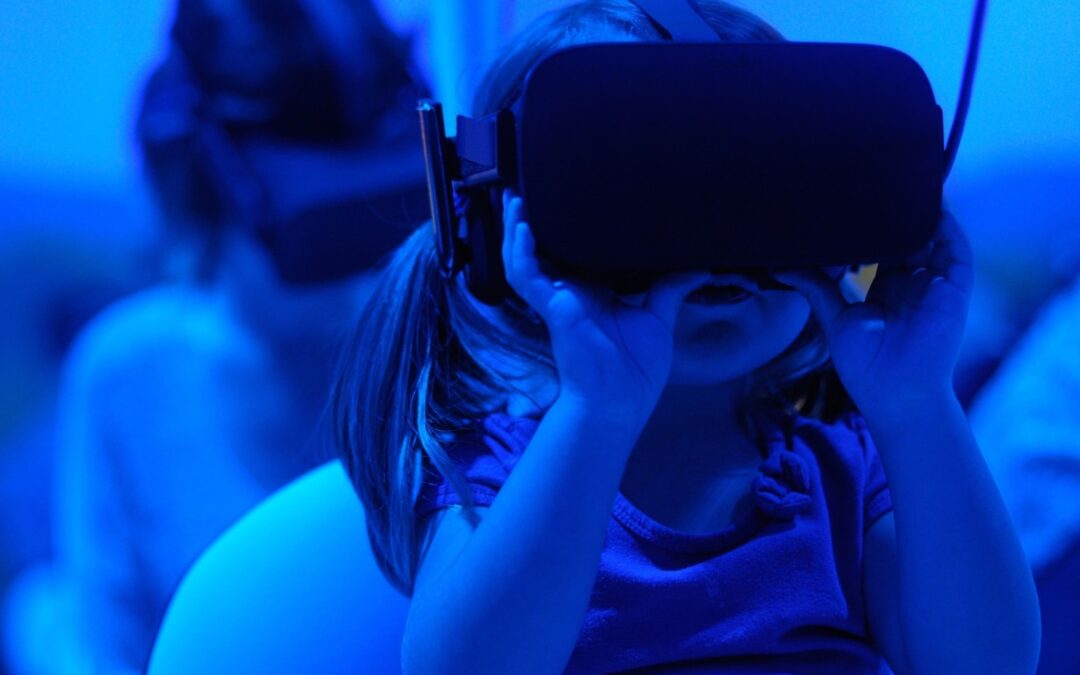Exploring the New Era in Education
Historical Context
Education has always been a controversial issue. It began in prehistory, as adults trained the young in the knowledge and skills deemed necessary in their society. The Ressainance in Europe ushered in a new age of scientific and intellectual inquiry and appreciation of ancient Greek and Roman civilizations. Around 1450, Gutenberg developed a printing press, which allowed works of literature to spread more quickly and contribute to the development of education, raising the awareness of its importance. Since the 19th century, public education has become far more widespread. In 1820, only 12% of people worldwide could read and write. As of 2016, that figure was reversed, where only 14% of the world’s population remained illiterate. Beyond basic literacy, the overall level of education has also increased steadily over time.
Education today
Nevertheless, today, 571 years later, things haven’t changed drastically, as education is the only science that has been inactive, without staying updated with changing technology trends. Today’s world demands more efficient learning models that allow students to play a more active role in their education. Technology is having an impact on how instruction is delivered and how information is found and share. Until recently, the educational models encouraged memorization as an essential learning skill. These days, technologies have to change the educational model and access to information.
Covid-19 and Education
The pandemic of Covid-19 forced various organizations to suddenly modify their workflow strategies and adopt new technologies. As Carroll and Conboy(2020) refer, in most cases, the organizations did not get enough time to reflect upon how the new strategies and the associated technologies should be introduced and integrated into their existing setup. Universities around the world were no exception. No university was ready for a complete transition to online education. Professors are now delivering course content through various online educational platforms, videoconferencing software, and social media to teach their courses.
Education meets VR, AR, XR
Technological change must define future education. Besides usual platforms like Zoom and Skype, it is essential to adopt more interactive tools, which gives the opportunity to students to play a more active role in the process of learning. According to Marr (2021), this is where virtual reality (VR) and augmented reality (AR) can add real value to the education experience. These “extended reality” (XR) technologies can create immersive worlds where students can visualize concepts and learn new skills and information in an interactive way. The use of these technologies would create more immersive technologies for schoolchildren, enable existing new field trips, transform hands-on learning, improve workplace training and enhance the lifelong learning experience.
The metaverse in education
As reported by Krishman (2021), when our modern educational system is being disconnected from the real world, from legitimate experiences that will lead students to real academic achievement, making educators see virtual worlds as a tool that might help instructors connect students to the real world through the technology of Metaverse. Part of this fascination comes from the various affordances of the platform: it gives students the ability to play, practice, pretend, be creative and artistic, and do things that they don’t or can’t or can’t yet do in real life. The Metaverse, like the Internet in general, is changing the way we access and experience information and the way we can access and connect with each other.
Within the next three to five years, a higher education institution without a virtual world’s presence will be like an institution without a web presence today.
Finding the solution
SKYLECT understands that education is in need of revolutionary, innovative tools. Modernization of the education system and the emergence of innovative learning technologies can improve the educational process. The use of augmented reality technology improves the learning of individual students, their motivation, as well as helps in organizing teamwork, group cooperation. We aspire to provide alternative and productive teaching modules, which lead to better learning outcomes and developed skills. Our vision is to become the world’s immersive education network by promoting the digital transformation of educational institutions, businesses, and professionals from diverse fields, keeping up with constantly changing technology.
The future of education
What the future of education would look like from here? The next frontier is a totally immersive teaching experience. Tools for 3D models and visualizations already exist and now we just have to make them work at scale in the classroom or lecture theatre. As Socrates said, “Education is the kindling of a flame, not the filling of a vessel.” According to Wessel (2021), through technology that allows us to create education that is tailored to the individual, universal in nature, and decentralized in structure, we may finally have found the means for ensuring that every student finds their path to success.

